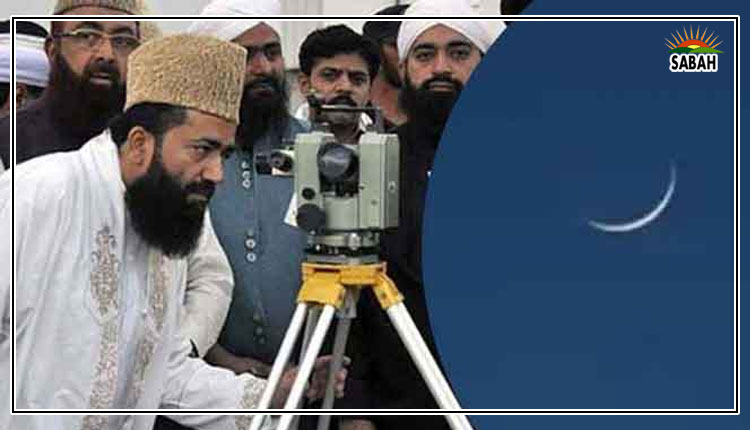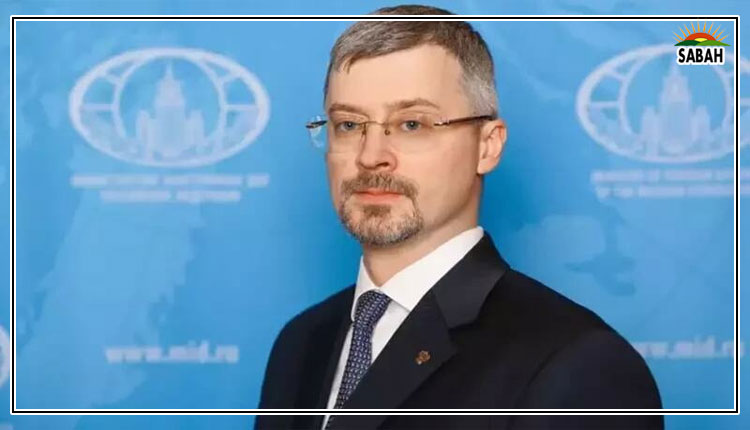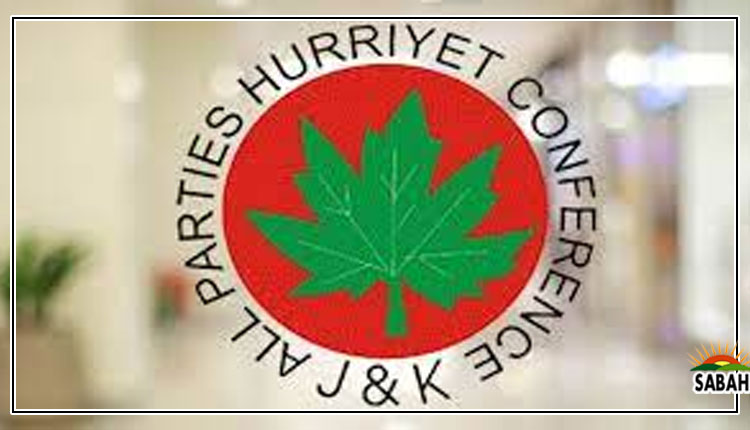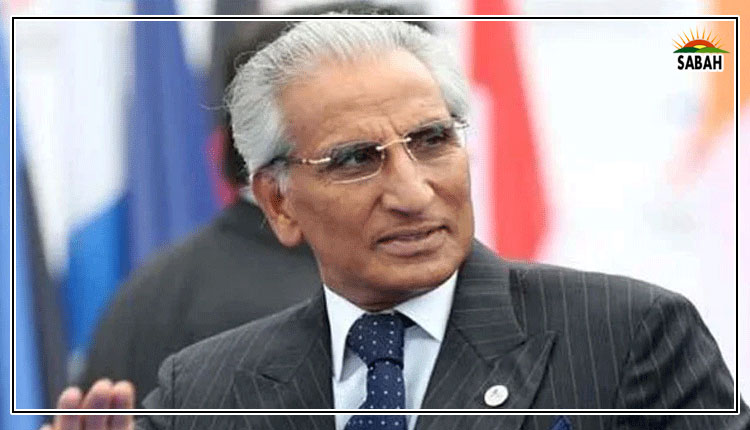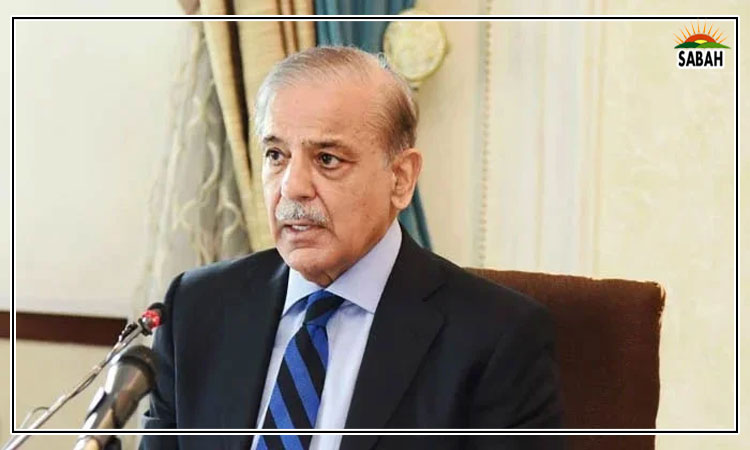Visionary effort…By Dr Ahmad Fraz
The launch of the URAAN Pakistan framework began a debate in economic and political circles. While some critics discard it as yet another policy intervention attempt with limited implementation prospects, a deeper look reveals a precisely planned framework that combines Pakistan’s economic objectives with the second phase of the China-Pakistan Economic Corridor (CPEC 2.0).
URAAN Pakistan’s 5 E’s framework is based on five key pillars: exports, equity and empowerment, e-Pakistan, environment and climate change, and energy and infrastructure. These areas have been carefully chosen to promote long-term economic growth while also ensuring social inclusion, digital transformation, and environmental sustainability. Critics argue that the strategy is vague, but a closer look indicates strategic alignment with global trends and national interests.
One of the most unfair criticisms of URAAN Pakistan is that, with Pakistan’s current trade deficit, its focus on exports is unworkable. But URAAN Pakistan emphasises export-led development by raising industrial competitiveness and trade volume.
Data from the Pakistan Bureau of Statistics (PBS) shows that Pakistan’s exports grew to $31.8 billion in FY2022-23, but with greater policy support and improved logistics, the country has the potential to surpass $50 billion in exports by 2030. Comparisons can be drawn with Vietnam, which increased its exports from $96 billion in 2011 to $371 billion in 2022 by focusing on trade agreements, SEZs, and digital transformation.
Key infrastructure projects were undertaken during previous governments, especially under the PML-N tenure, to support industrial development. The construction of Special Economic Zones (SEZs), such as Rashakai and Allama Iqbal Industrial City, together with the growth of Pakistan’s motorway network, provided the framework for a more competitive export sector. Critics sometimes ignore these concrete changes as well as the government’s initiatives to make Gwadar a regional commerce hub. In the backdrop of CPEC’s Growth Corridor, URAAN Pakistan’s export-driven model would rely on enhanced connectivity, foreign direct investment, and trade facilitation. Pakistan is positioning itself as a manufacturing and logistical hub for the region, following the model of China’s Guangdong Free Trade Zone.
Economic empowerment remains an essential priority of URAAN Pakistan, ensuring that all Pakistanis benefit from economic prosperity. Another prevalent misperception is that URAAN Pakistan does not address Pakistan’s socioeconomic division. On the contrary, the structure firmly combines poverty alleviation and employment creation, complementing the Livelihood Enhancing Corridor of CPEC 2.0. The government’s extension of the Benazir Income Support Programme (BISP), which reached nine million households in 2023, and the Prime Minister’s Youth Program, which provides interest-free loans and vocational training, directly assists neglected communities. Digital transformation lies at the heart of economic technological advancement. Many have questioned whether Pakistan is ready for digital transformation, doubting the feasibility of the e-Pakistan pillar. However, it is vital to note that Pakistan has already accomplished enormous success in this area. The launch of Pakistan’s first IT Park in Islamabad, with measures by the Punjab Information Technology Board (PITB), has strengthened the digital environment.
Pakistan’s IT exports hit $2.6 billion in 2023, with a target of reaching $5 billion by 2025. The government’s push for fintech, including the introduction of Raast, is designed to improve digital financial inclusion, following the success of India’s UPI system. In close coordination with CPEC’s Innovation Corridor, URAAN Pakistan will boost IT entrepreneurship, AI development, and fintech expansion, positioning Pakistan in a competitive position within the global digital economy.
Climate resilience is no longer an option but a need. One of the most misunderstood features of URAAN Pakistan is its devotion to environmental protection. Certain critics believe that economic growth should take precedence over climate measures, failing to comprehend that climate change poses a direct threat to Pakistan’s economic stability.
Pakistan ranks among the top 10 most vulnerable countries to climate change. The 2022 floods resulted in economic damages reaching $30 billion. Under CPEC’s Green Corridor, Pakistan has already made considerable investments in renewable energy. The Quaid-e-Azam Solar Park in Bahawalpur and hydropower projects like Karot and Suki Kinari have lessened dependency on fossil fuels.
Global examples suggest that sustainable economic growth is attainable, as evidenced in projects like Germany’s Energiewende strategy and China’s investment in renewable energy (which reached $546 billion in 2022) demonstrate how green growth may drive long-term economic stability. Expanding these efforts under URAAN Pakistan would ensure that economic growth does not come at the cost of environmental degradation.
Energy security and modern infrastructure are prerequisites for economic growth. URAAN Pakistan has a credible plan for tackling Pakistan’s energy and infrastructural challenges. However, those familiar with the PML-N’s prior achievements would recall the energy revolution between 2013 and 2018, which saw Pakistan overcome chronic power shortages. The Bhikki, Haveli Bahadur Shah, and Balloki LNG plants, combined with coal-based power projects at Port Qasim and Sahiwal, played a crucial part in stabilizing the electricity sector. Now, under URAAN Pakistan, the government aims to build upon this legacy. The CPEC’s Opening-Up Corridor, which promotes regional energy integration, will help Pakistan boost its renewable energy potential while also enhancing cross-border energy cooperation. According to the International Energy Agency (IEA), Pakistan has the capacity to generate 40GW of solar and wind energy by 2030, which would lessen its dependency on foreign fuels.
The fundamental question is not whether URAAN Pakistan is an effective strategy, but whether Pakistan can afford to oversee such a well-thought-out framework. Critics frequently ignore the long-term vision and strategic alignment that underpin this project, instead focusing on short-term political storylines. The 38th Annual PSDE Conference of PIDE, themed ‘URAAN Pakistan: Growth through Digital Transformation’, gave an important forum for researchers, academics, and policymakers to explore the 5 Es of URAAN Pakistan. The discussions emphasised that instead of participating in unproductive criticism, stakeholders should engage in solution-oriented debate to refine and improve this framework.
Economic revolution doesn’t happen overnight. With strong leadership, policy stability, and a dedication to execution, URAAN Pakistan has the potential to place Pakistan on a long-term path of growth, self-sufficiency, and global competitiveness. As Pakistan embarks on this path, the focus must shift from unconstructive criticism to substantive discussion about how to maximise the benefits of URAAN Pakistan and CPEC 2.0.
COURTESY THE NEWS


